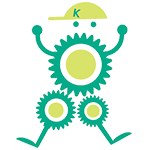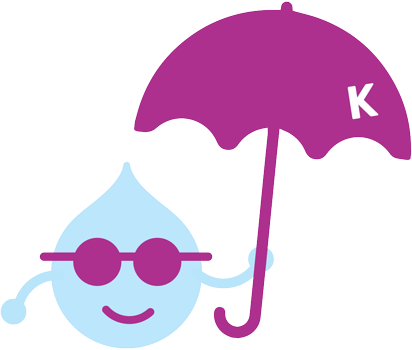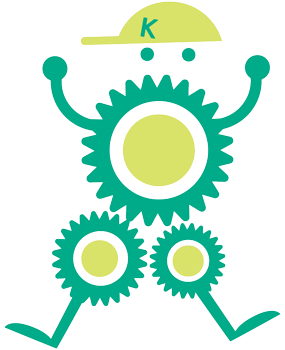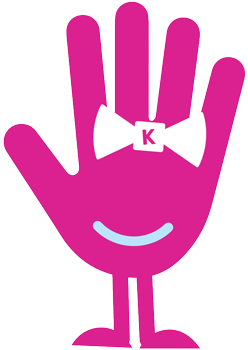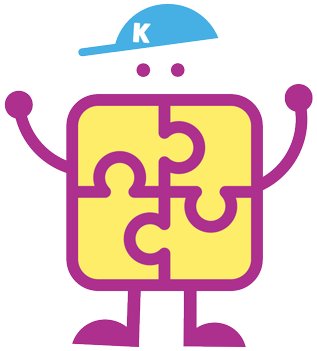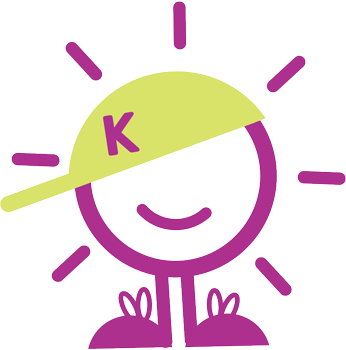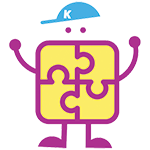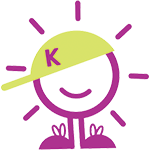My child W-Sits. Is It Really So Harmful?
It Can Be.
W-sitting is when a child sits on the floor with his or her bum between their legs, and their knees are bent in front of them and their legs are rotated away from their body.
From a birds-eye view, it looks like the legs are forming a “W”.
This position is super stable for children to sit in. In W-sitting, a child’s base of support is wider and the center of gravity is lower, which allows for increased stability for their body.
This also makes it an easy position for the child to play in because they don’t have to work on keeping their balance while focusing on their toys.

Sounds Great But …
Sounds great from the play perspective, but from an orthopedic standpoint, W-sitting causes the hip and leg muscles to become shortened and tight. This can lead to “pigeon toed” walking and may increase
This can lead to “pigeon toed” walking and may increase chance of back or pelvis pain as they grow.
It is a stressful position for the young bones to be in which can lead to deformities later on, and can also predispose a child to hip dislocation. Developmentally, W-sitting can hinder the development of balance reactions and coordination.
When a child is in W-sitting, it is not possible for the child to shift their weight over each side or to actively rotate their trunk, making it difficult to reach toys that are outside of their immediate reach.
Lateral weight shifting and rotating are two very important skills that are needed to develop good balance reactions and to develop the ability to cross midline. Bilateral coordination (the ability to effectively use both sides of the body together) can be delayed as a result.
This can influence the development of other motor skills later on that require this coordination, such as hand dominance, skipping, throwing, and kicking.
Follow up with this interesting information on how quickly your child may grow.
